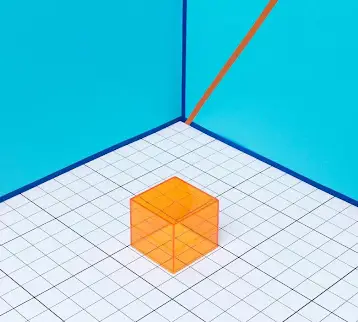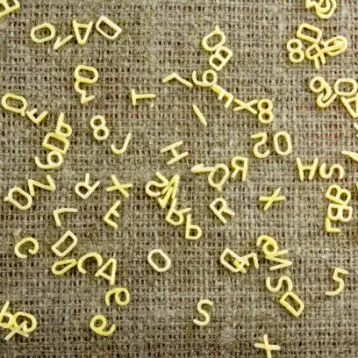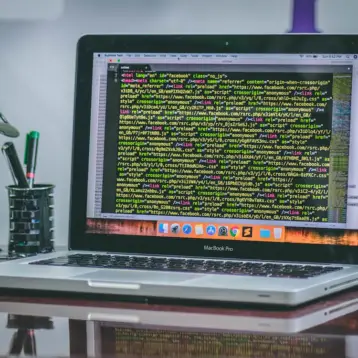Magneclay is an oil-based synthetic agent with a loose molecular structure. It can be rearranged and still hold its structural rigidity when acted upon by stable electrical and magnetic charges. The PC designed by Lucas makes use of the versatile morphing capabilities of Magneclay.
In order to enable typing, Siafu’s surface can be transformed to a nine button Braille keyboard. The words can be reviewed on the output board as they appear there. An alternative to typing is simply speaking into the PC’s built-in microphone and letting the computer process the words into on screen Braille relief by using voice recognition software.
Siafu can also function in a book-like manner, translating web pages to Braille and generating the information on its surface in a full spread layout. Another option is simply listening to Siafu’s voice synthesizer read the on-screen texts aloud. In addition, this computer enables one to listen to music when in media player mode.
Not only can Siafu display web pages in a bas-relief form, it can also generate a 3-dimentional representation of images. Screen images are converted from 2 D to 3 D image using an image conversion technology, and are then processed into the Magneclay through electrical currents, providing a fully interactive experience.
TFOT recently covered two novel technologies that may help bring to the market affordable graphic reading systems for the blind and visually impaired people. The two systems bring electronic images to life in the same way that Braille makes words readable. TFOT also published an article covering groundbreaking research on embryonic stem cells, which may lead to the development of a new technique for curing blindness in humans.










